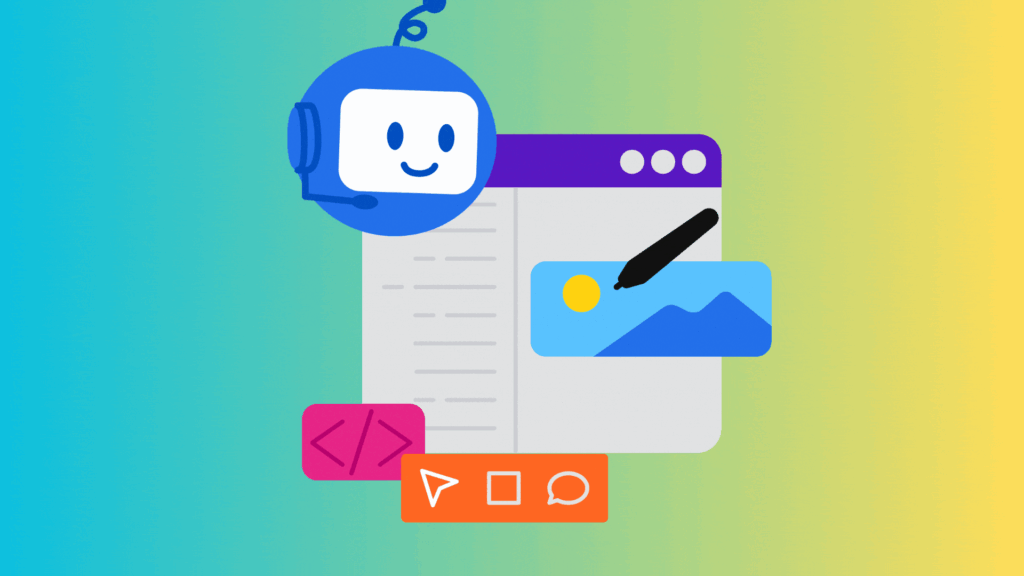
AI & automation do save time
In our rapidly evolving world, artificial intelligence (AI) and automation have emerged as essential tools in branding and marketing. For small businesses and startups eager to distinguish themselves in a crowded marketplace, these technologies provide a wealth of opportunities. They offer streamlined processes and deep analytical capabilities that can be real game-changers. However, AI and automation, though revolutionary, are just the means to support the artful, human-centric process of building a memorable brand identity.
AI’s influence on marketing is profound and multifaceted. By automating repetitive tasks, AI frees marketers like us to focus on creative and strategic efforts. Tools like Zapier automate mundane tasks such as syncing content postings across multiple platforms, ensuring consistency in brand messaging with minimal ongoing effort. This kind of automation is essential for maintaining a strong and consistent online presence. Personally, I use automation tools like Zapier regularly, and it’s a timesaver!
Platforms like Buffer, Hootsuite, and Later.com allow startups & small businesses to plan and schedule posts across various social media channels. By doing so, they enable brands to maintain an active online presence effortlessly, ensuring that audience engagement is sustained. For small businesses with limited resources, these platforms provide a crucial lifeline, allowing them to focus on strategy rather than mechanics.
This automation capability offers a significant competitive edge, especially in dynamic market environments. By handling the logistics of posting, AI offers scalability, allowing businesses to reach broader audiences without proportional increases in human capital. Obviously, it’s beneficial for startups and small enterprises – but:
Why should people care?
Despite the advantages AI presents, the essence of successful brand building lies in understanding the human psyche—a feat only humans can master. A brand is more than a product or service; it’s an entity with its own voice and personality. Crafting this identity requires creativity, intuition, and emotional intelligence. The objective question is: Why should people care about your brand?
Brand voice involves consistency, cultural relevance, and emotional resonance—qualities that can’t be fully captured by algorithms. While AI can generate content quickly, it often struggles with the subtleties that create emotional connections with audiences. Humans naturally capitalize on these subtleties, bringing an understanding of cultural contexts and emotional landscapes that guide brands in making meaningful impacts. What are you able to share, that other creators cannot?
Consider a brand’s visual identity: it needs to be evocative, storytelling, and culturally sensitive. These elements are deeply rooted in human experiences and narratives. While AI can offer data-driven design suggestions, the story behind a visual element—the narrative it encodes—requires a human creator.
Let’s be authentic
We often encounter automated posts on social media today. Automation ensures a steady flow of content, but authenticity in engagement can sometimes fall short. Audiences yearn for genuine connection and interaction rather than a deluge of material. When brands rely solely on AI-driven platforms, they may achieve quantity but at the risk of compromising the depth of connection.
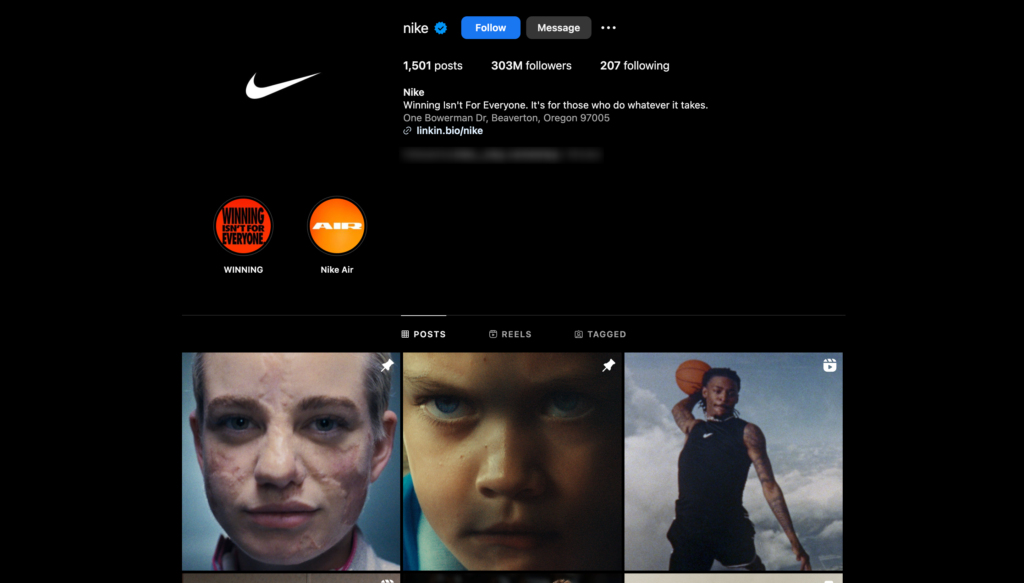
Brands like Apple and Nike exemplify how profound human elements make an impactful difference. Apple’s approach to innovation, simplicity, and challenging norms is laden with human qualities that resonate deeply with consumers. Nike’s iconic “Just Do It” campaign captures universal human emotions of aspiration and courage—concepts that AI alone could likely not encapsulate with genuine sentiment.
Authenticity is not merely a buzzword; it’s a measurable quality that determines audience loyalty and engagement. Brands that successfully integrate authenticity in their strategies often witness enhanced customer retention, word-of-mouth promotion, and even community building around their brand ethos.
Use AI to complement your creativity
The secret to maximizing AI’s potential lies in using it as a partner that enhances the human touch, not as a replacement. I have noticed that some businesses, like Shopify and Klarna, have started to replace their customer service managers with chatbots available 24-7. Let’s be honest – I think chatbots work for some businesses, but not for all of them. Ask yourself – when was the last time you contacted a company’s customer service and why did you do it? For me, I only do it when I have an issue that needs solving.
Replacing human customer service with chatbots is undoubtedly a cost-saving measure. However, it becomes problematic when I need urgent help with frustrating issues. Adding more layers to the process only increases my frustration when I’m trying to solve a problem. In my opinion, chatbots can be effective for handling simpler inquiries. But for more complex, technical issues, they can be a nuisance and negatively impact the brand’s image.
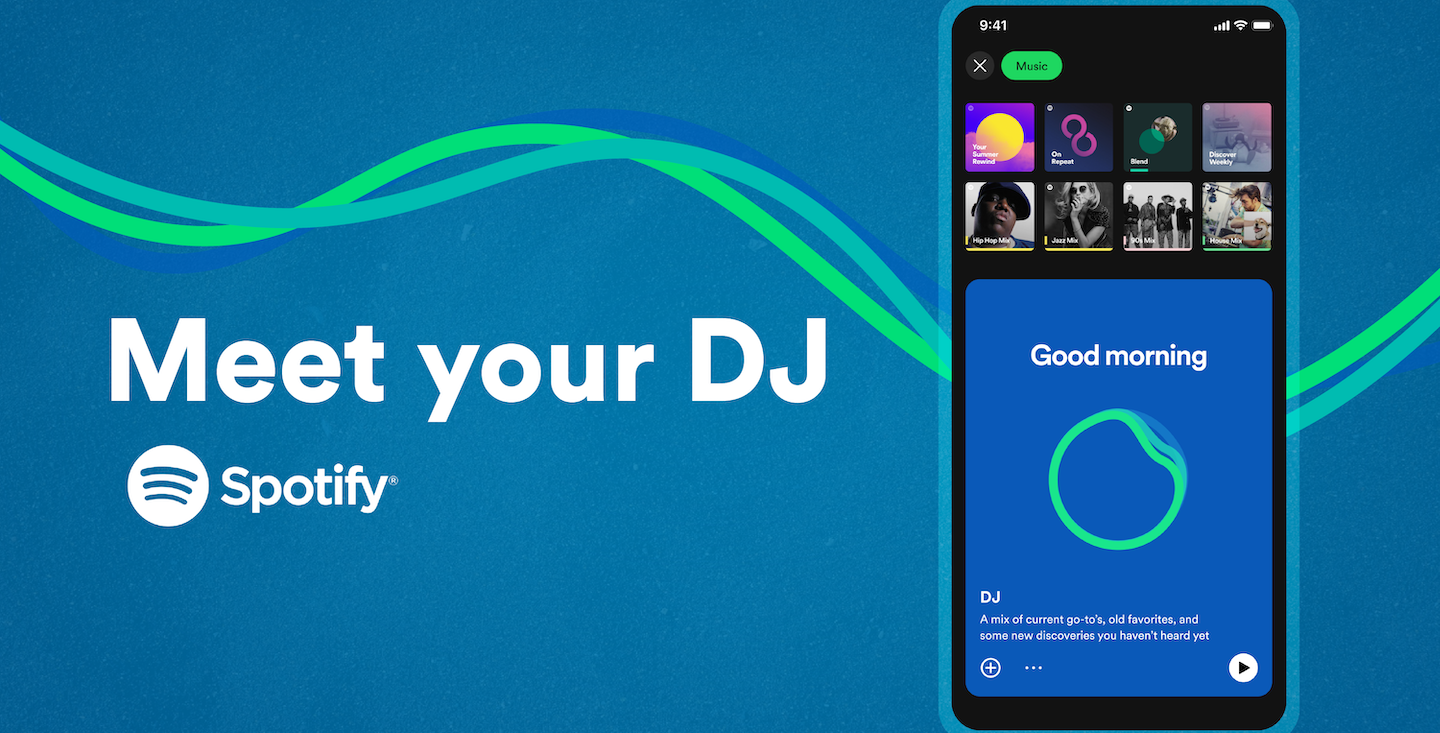
Analytics remains a domain where AI excels though. By analyzing consumer behaviours, preferences, and trends, AI can provide marketers with insights to hone campaigns. A prime example is Spotify, which uses AI to curate personalized playlists, thus enhancing user experience by analyzing individual listening habits and mixing technology with a personal touch. This fusion ensures increased content resonance with audiences.
Moreover, AI’s predictive analytics capabilities empower businesses to anticipate market shifts and consumer needs, placing the brand in a proactive rather than reactive stance. This forward-thinking approach is only effective when combined with human creativity, which can interpret and extend the insights provided by AI into strategies that resonate on a personal level.
Put the human back in branding
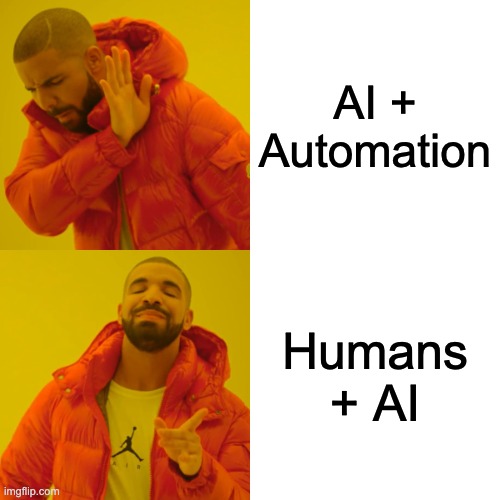
At its core, branding relies on imagination, empathy, and creativity—qualities inherently human. These elements forge emotional bonds with audiences, fostering engagement and loyalty. While AI offers valuable insights and efficiency, the heart of branding is undoubtedly human.
The most successful campaigns use AI to gather insights and streamline operations while allowing human creativity and emotional intelligence to do the storytelling. This dual approach ensures that brand messages resonate with authenticity and inspire those who encounter them.
The collaborative potential between AI and humans can lead to groundbreaking creative endeavours. For instance, AI’s ability to analyze massive datasets can inform creative directions never before considered, while human creativity can frame these insights within the artistic and emotive context needed for impactful storytelling.
To harness AI’s potential effectively, businesses must implement it thoughtfully, using technology to enhance processes and engagement while reserving the storytelling and emotional connection for human creativity. This results in a resonant strategy where technology amplifies rather than overshadows human insight.
A well-balanced brand adapts AI to refine processes and deliver data-driven insights, ensuring interactions retain a deeply human essence. By doing so, brands achieve a synergy between technological proficiency and human authenticity, which is foundational for establishing strong, enduring bonds with audiences.



